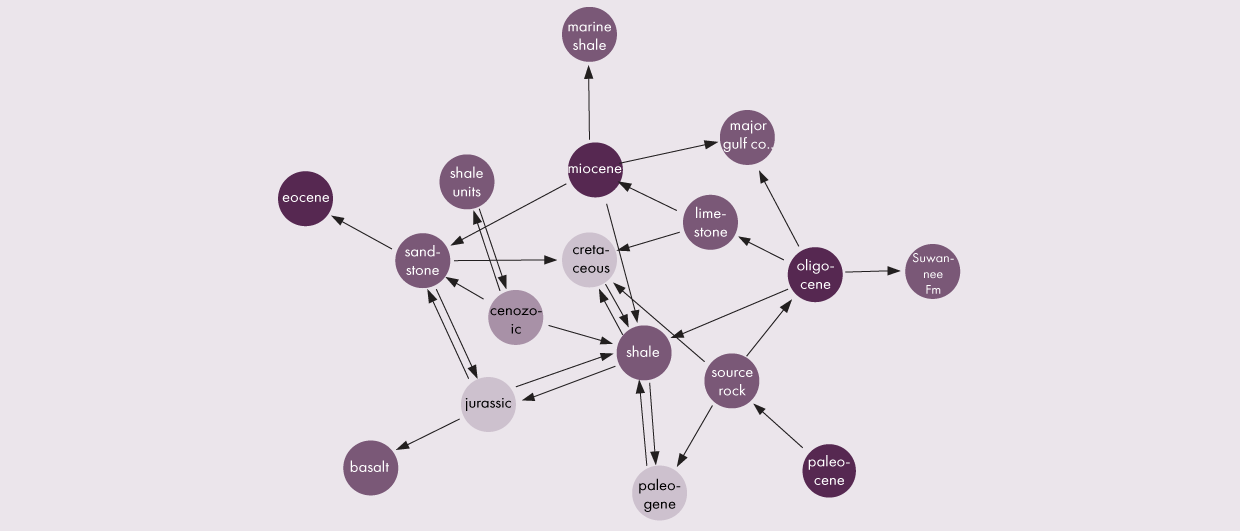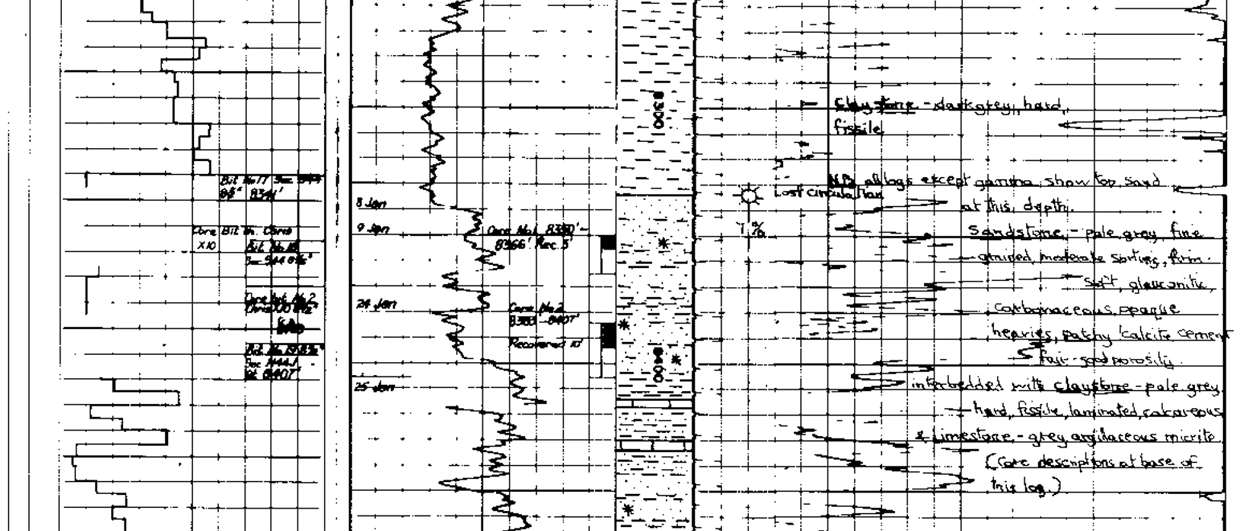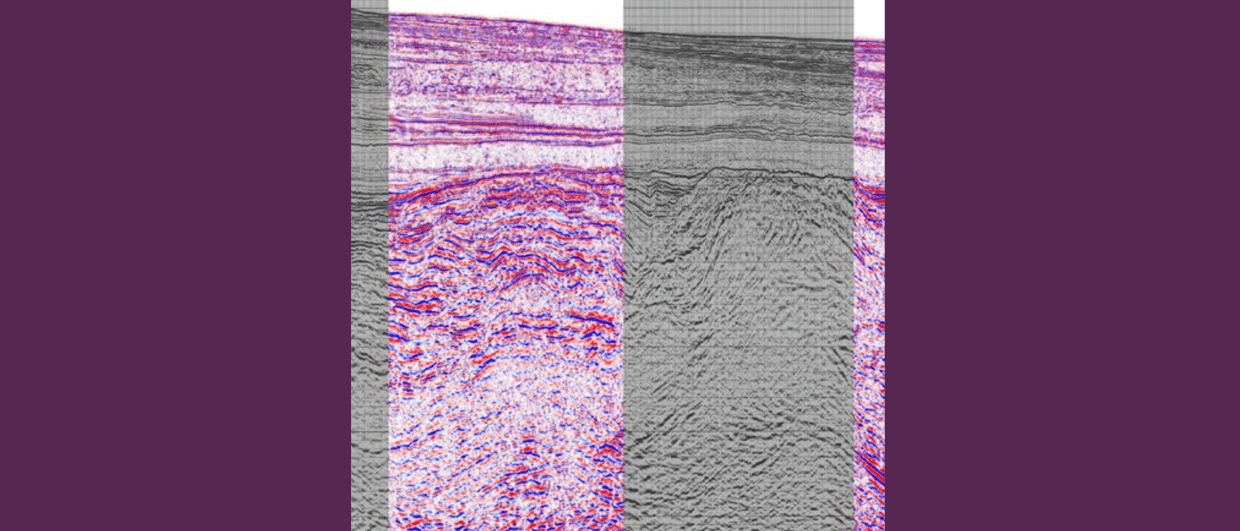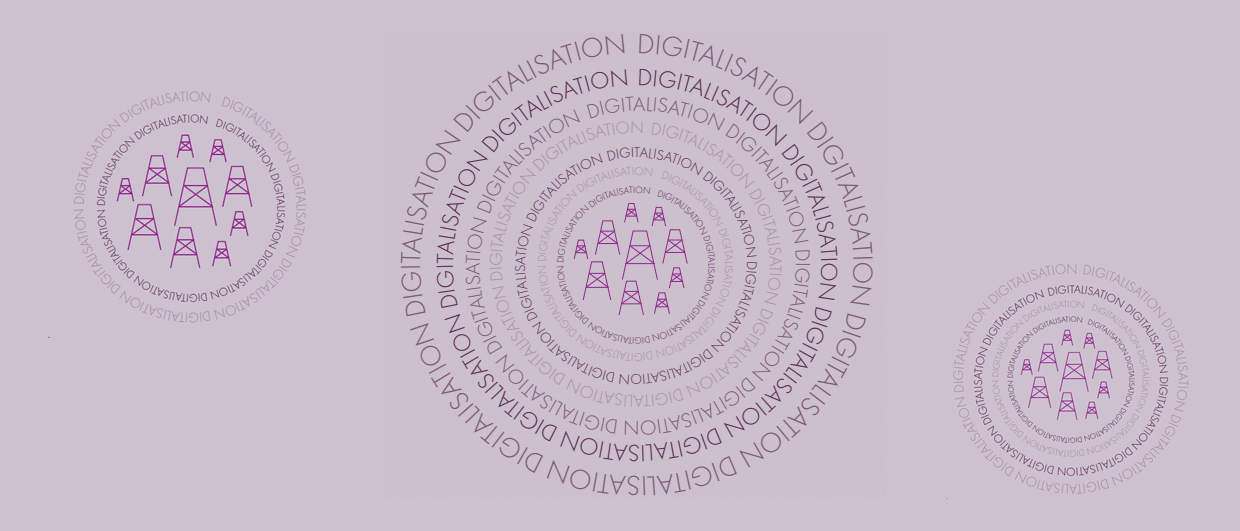Geologists like visuals. That is why Puneet Saraswat and his colleagues from Querent AI are a step ahead already, because they create visuals, out of large collections of reports. They don’t call it visuals, though, but semantic knowledge graphs. Not as easy a word as a “visual”, but the result is the same.
At the recent IMAGE conference in Houston in August 2024, the Querent AI team presented about their latest technology: How semantic knowledge graphs provide a meaningful and searchable data representation, linking information that is present in disparate datasets. Relationships between entities such as geological structure, geological rock, geological periods, people, and events are thus made visible.
The dataset used in the work presented at the conference consisted of around 1,500 peer-reviewed scholarly publications on various major basins to demonstrate the capabilities of the proposed semantic graph computing method.
Here, an example output graph is presented highlighting the Gulf of Mexico (GOM) basin, one of the important petroleum basins in the world. Where traditional geological data analysis methods may struggle with information retrieval and interpretation spanning the entire dataset of literature, this methodology will cover it all.
The figure shows a semantic knowledge graph visualization of a query examining the GOM basin’s stratigraphic record. It is clear that the basin underwent a transition from the Jurassic to the Cretaceous period, highlighted by the formation of basalts and sandstones that evolved into shale and limestone units. Another insight seen is the prevalence of shale units in the Cenozoic era, reflecting a time of intense sediment supply.
HOW IT WORKS
Before entering the semantic graph-building logic, the software operates with parallel workflows for asynchronous data ingestion and LLM (Large Language Model) processing. Following the identification of all references to entities, semantic relationships and associated metadata are extracted and stored in a graph database with structured ontologies. Ontologies are a blueprint for transforming data into meaningful categories and relationships that support more advanced analyses.
There is no doubt the Querent AI algorithm is able to troll through large datasets much more quickly than any human will ever be able to do, highlighting important geological trends. I do, however, feel that whilst it is efficient in extracting these trends, the thing about exploration is to spot something that has not been investigated very much yet, or challenge an idea that exists in the literature. In my view, that is an aspect of exploration that will still be hard to replace using AI. With that in mind, I would probably use this as a first step in getting more familiar with a basin before embarking on a more critical assessment of the individual petroleum play elements.





